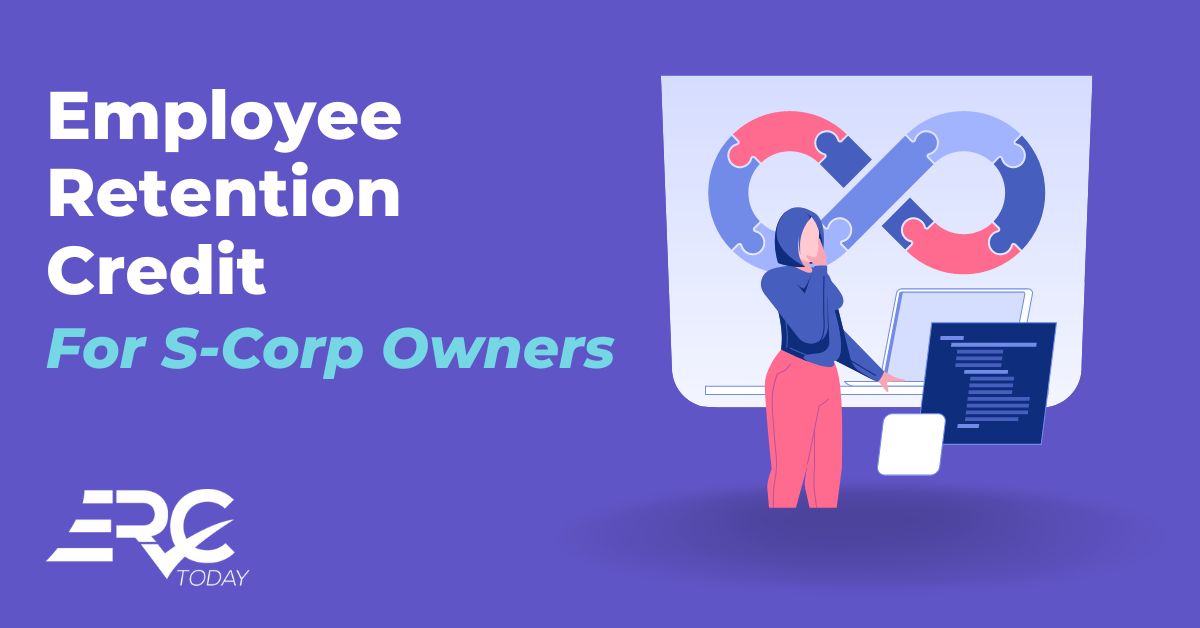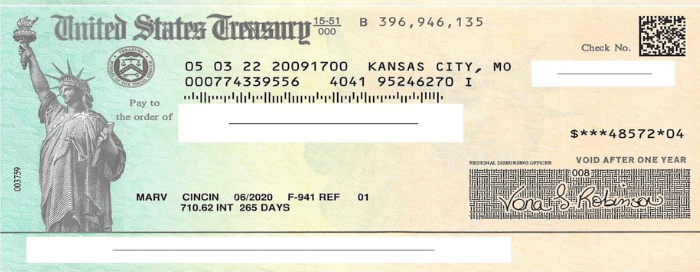
Do S Corp Owners Qualify for Employee Retention Credit?
As a business owner, it's important to know the different ways you can reduce your costs and maximize your profits. One option that is increasingly popular is the Employee Retention Credit (ERC), a type of tax credit designed to help employers keep their employees on their payroll during the current economic downturn. But the question remains: do S Corp owners qualify for this credit? In this article, we'll explore the answer to this question and discuss the different options available to S Corp owners when it comes to taking advantage of the ERC.

Source: erctoday.com

Source: nstp.org
Yes, S Corp owners may qualify for the Employee Retention Credit. To qualify, the S Corp must have closed due to COVID-19 or have experienced a significant decline in gross receipts. The amount of the credit is 50% of qualifying wages up to $10,000 per employee. Qualifying wages must be paid between 3/13/20 and 12/31/20.

Do S Corp Owners Qualify for the Employee Retention Credit?
The Employee Retention Credit (ERC) was introduced by the Coronavirus Aid, Relief, and Economic Security Act (CARES) in 2020 to help businesses impacted by the coronavirus pandemic. The ERC is a tax credit for employers, including S corp owners, who retain their employees and maintain their payroll during the pandemic. The credit is designed to encourage employers to keep their employees on payroll and discourage layoffs. It is available for employers whose business has been impacted by the pandemic, either by having to close or reduce operations due to a governmental order or by experiencing a significant decline in gross receipts.Who Qualifies for the Credit?
The ERC is available to employers who have experienced a full or partial suspension of operations due to governmental orders related to COVID-19 or a significant decline in gross receipts. To qualify, an employer must show that its gross receipts in 2020 are less than 80% of its gross receipts in 2019. Additionally, the employer must have paid salaries and wages to its employees during the period of either full or partial suspension or significant decline in gross receipts.How Is the Credit Calculated?
The ERC is calculated as a percentage of qualified wages paid to employees. For employers whose operations were fully or partially suspended due to governmental orders, or whose gross receipts declined by more than 50%, the credit is equal to 50% of qualified wages paid to each employee. For employers whose gross receipts declined by less than 50%, the credit is equal to 40% of qualified wages paid to each employee. Qualified wages are wages paid to an employee for time spent during the period of full or partial suspension or significant decline in gross receipts. Qualified wages are limited to $10,000 per employee, per year. Therefore, the maximum credit available for each employee is $5,000.Does the Credit Apply to Self-Employed Individuals?
The ERC does not apply to self-employed individuals, including S corp owners. However, self-employed individuals may be eligible for the Self-Employed Individual Income Support program. This program provides payments of up to $10,000 to self-employed individuals who have been impacted by the pandemic.How Do I Claim the Credit?
To claim the ERC, employers must file a Form 941 with the IRS. The form must include the amount of qualified wages paid to each employee, as well as the amount of the credit claimed. The credit will be refunded to the employer, either as a refund of taxes paid or as an advance payment to the employer.Are There Any Other Considerations?
It is important to note that the ERC is not available to employers who receive a loan under the Paycheck Protection Program (PPP). Additionally, the credit is not available to employers who receive a loan under the Economic Injury Disaster Loan (EIDL) program and use the proceeds to pay employee wages.Related FAQ
Question 1: What is an S Corporation?
Answer: An S Corporation is a type of business entity that provides certain tax advantages over other business structures such as a C Corporation. S Corporations are limited liability companies that are taxed on the individual level, meaning that shareholders report their income and losses on their personal tax returns. This type of business structure allows for pass-through taxation, meaning that the business itself does not pay taxes, only the shareholders do.Question 2: Are S Corporation Owners Employees?
Answer: Generally speaking, S Corporation owners are not considered employees of their business. Instead, they are considered to be shareholders, meaning that they own a portion of the company and have the right to vote on certain business decisions. However, there are certain circumstances in which an S Corporation owner may be considered an employee of the business, such as if they are actively involved in the day-to-day operations of the company.Question 3: Do S Corporation Owners Qualify for Employee Retention Credit?
Answer: Yes, in certain circumstances, S Corporation owners may be eligible for the Employee Retention Credit. To qualify, the S Corporation must have had its operations fully or partially suspended due to COVID-19 and the owner must have been an active employee of the business for at least 90 days prior to the suspension. Additionally, the owner must not have received a Paycheck Protection Program loan for the same period of time.Question 4: How Much is the Employee Retention Credit?
Answer: The Employee Retention Credit is a tax credit of up to 50% of wages paid to employees during the period of business operations suspended due to COVID-19. The credit is capped at $5,000 per employee and the maximum credit amount is $10,000.Question 5: What Documents are Required to Qualify for the Employee Retention Credit?
Answer: To qualify for the Employee Retention Credit, S Corporation owners must submit documents that demonstrate that their business was affected by COVID-19, including proof of the suspension of operations and records of wages paid to employees during the period of the suspension. Additionally, they must also provide proof that they were actively employed by the business for at least 90 days prior to the suspension.Question 6: How is the Employee Retention Credit Claimed?
Answer: The Employee Retention Credit is claimed by submitting IRS Form 941 and claiming the credit on line 11 of the form. The credit can be claimed in addition to the Paycheck Protection Program loan forgiveness. Additionally, the credit can be claimed in the same quarter that the wages were paid.
Attribution rules & Employee Retention Credit for S corp owners
In conclusion, the answer to the question of whether S Corp owners qualify for employee retention credit is yes. These credits are available to S Corp owners provided they meet certain criteria and they can be a valuable way to help protect the financial future of an S Corp business. By understanding the requirements and taking advantage of these credits, S Corp owners can protect their businesses and employees during difficult economic times.
Tags:
Previous post
When Will Employee Retention Credit Checks Be Mailed?
Next post




